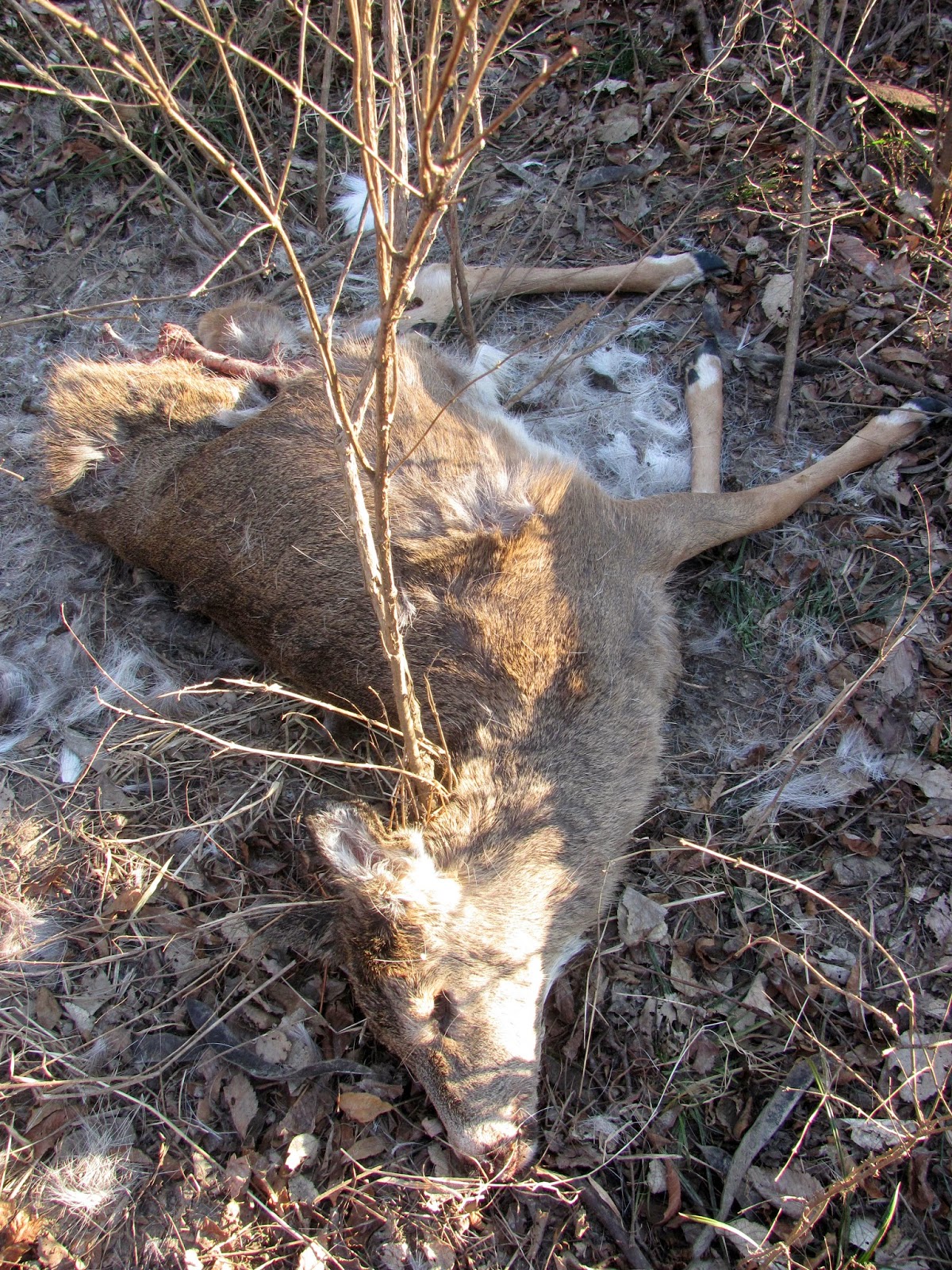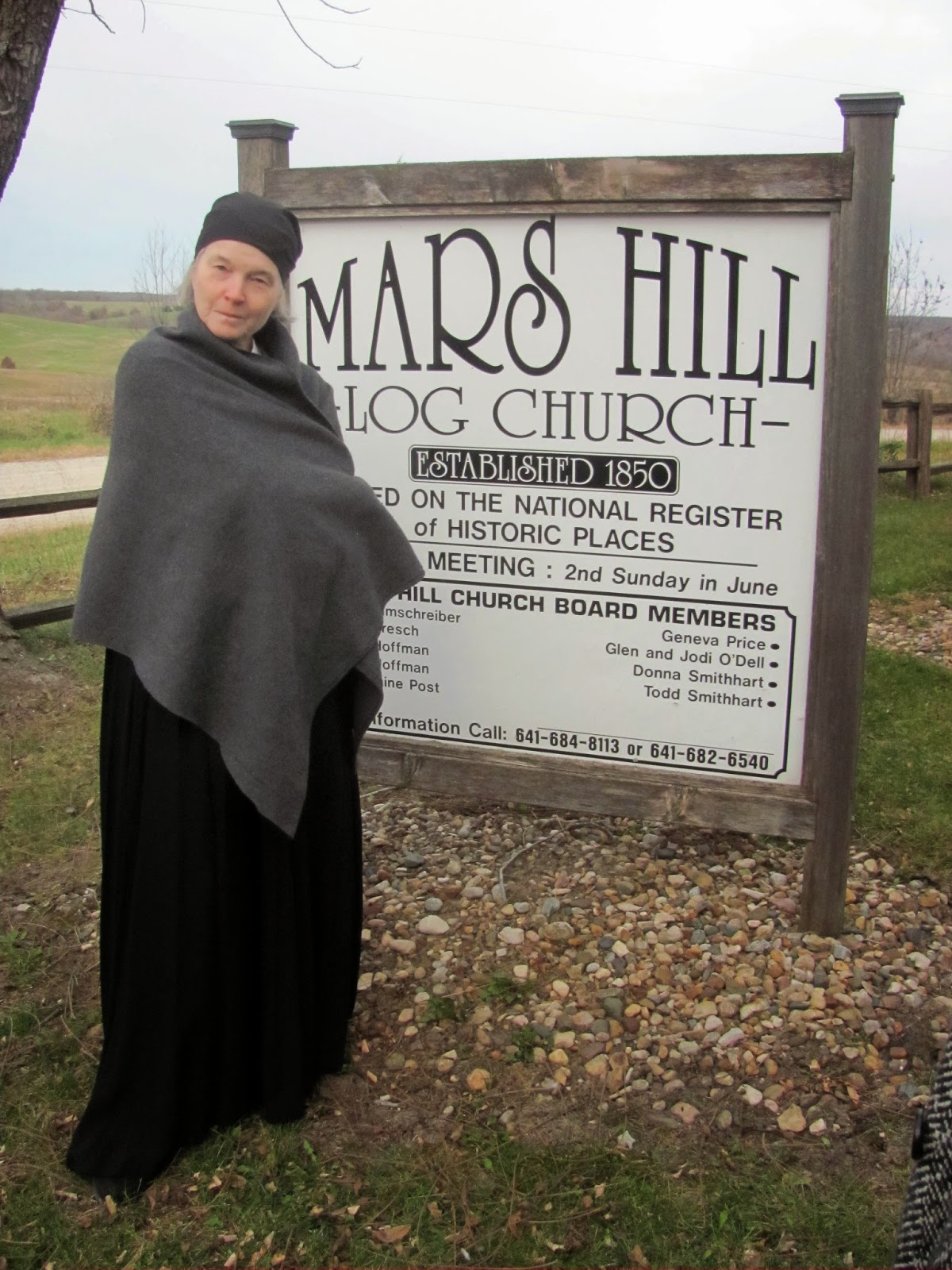ICONic desserts
in the study, coats upstairs,
art in every room
I almost had to beg Bill Teeple, my art teacher and director of ICON gallery, to let me donate something for the annual art auction. He graciously explained that he doesn't like to ask his students, but I wanted to make a contribution to keep the gallery financially afloat. Since I'm not among the many professional artists in the show, we were both pleased that three of my four pieces sold, a small gouache painting and two Peruvian photographs. I guess that makes me, what, semi-professional?
As a result, I've been invited for the first time to the traditional thank-you dinner for donors. My husband and I arrive at 7:20, a time I feel is reasonably on time and fashionably a little late. However, when we pull up to the house, lit up with a big ICON auction sign by the front walk, no cars are parked on the street. Inside, no one in sight, except a dour lady in a painting on the hall wall.
"Hello?" I call.
A short lady wearing an apron and a page boy haircut bustles out from the back of the house and gestures toward the narrow black staircase.
"Randy's upstairs changing."
"Are we early?" I ask, knowing the answer.
"Well, it's supposed to start at 7:30," she replies, then hastens to add, "but everyone will be glad that you're here first."
I'm staring at the neatly lettered signs with arrows directing guests: ICONic desserts (right), Food (left), Coats and Lavatory (up).
A slender man with a long face topped by short grey hair bounds down the stairs and stops in surprise.
After introducing ourselves, I explain that we thought the dinner started at 7:00.
"No problem. Put your coats upstairs, then come have a drink in the kitchen."
At the top of the stairs, more signs point to two bedrooms for coats. Everything is so scrupulously neat, it looks like a Bed and Breakfast. In the bedroom to the right, John opens the closet. Empty. Not even any hangers. So we put our coats on the bed. I'm looking at the art work on every wall, each piece neatly labeled with the name of the art piece and the artist, all Iowa artists.
Our host is waiting for us at the bottom of the stairs when we come down.
"Are you an artist?" I ask.
"No, I just collect art."
We're still the only guests, so he escorts us to the kitchen along the hallway, lined with small pencil drawings in large black frames.
"Ah, I see you collect Bill Teeple."
"Yes, that's six of the nine."
More artwork on all the walls of the kitchen, as well as the counters. On one counter, buckets of bottled drinks, each labeled, but Randy rattles off the contents: spring water, fizzy juice, beer, wine. On another counter, stainless steel urns for coffee, decaf coffee and hot water, labeled of course. There's also a can of cocoa with instructions for how to make hot chocolate. And two tiny exquisite paintings of a pear and a cluster of rose hips.
I choose a bottle of pomegranate juice, pour it into a clear plastic cup and wander off to explore the rest of the house. In the dining room, two 18th century paintings of what I assume are family portraits stare across the dining table at one large abstract collage. A floor lamp in one corner wears a red scarf around its neck.
I feel like I'm in an art gallery rather than a home. The walls in every room in the vintage clapboard are painted with rich colors, contrasting with the cream colored woodwork. An antique wooden desk in the study holds a large Chinese porcelain platter. In the corner of the living room, an antique Chinese screen. Even the front window looks like abstract art, the white lines of Venetian blinds hovering over the blurred lights in the darkness outside.
Every table in every room holds either a plate of cookies and chocolates or cheese and crackers arranged like a still life: a large wedge of Camembert, a square of Blue cheese, a roll of cheddar studded with bits of pecan, thin crackers, a bunch of white grapes, a jar of fig jam with a paper cover and a silver knife and spoon.
Seeing me eye the cheese in the small parlor, Randy says, "Try this. Put a bit of Blue on a sesame cracker and top it with a dab of fig jam. Delicious!"
Finally, other guests begin arriving, so I stop taking photographs. When Bill arrives I follow him into the kitchen, where he takes up a station in a chair in front of the kitchen sink. It's an odd place to sit, since the lady in the apron and a woman from the restaurant are busy setting up for the catered dinner.
"Randy is quite an art collector," I comment.
"Yes, that's a piece by a well-known Washington artist in the dining room. His mother owned a horse farm in Virginia. When she passed on he sold the farm.
That's where the money comes from. Then he moved to Fairfield."
"Thank goodness there are people like that who support local artists."
Bill tells me that my photographs went to two local people, but my painting was purchased by a couple in Wisconsin, one of whom is an art collector. Bill took photos of all the artwork in the show with him when he went to visit them in November, and out of a couple of hundred pieces, they chose mine. I'm flattered. When it comes to art, you never know what's going to appeal to people.
After a while, it's clear that we're in the way of the food servers, who are trying to get silverware out of a drawer and use the sink. Dinner is ready, so we move into the dining room to serve ourselves from the warming trays: curried chicken, curried tofu, steamed vegetables, rice and beans. Then I look for a place to sit and eat. People are sitting and standing to eat everywhere. Finally I find a large chair in the living room.
A tall girl with cafe au lait skin and long matted brown locks sits down next to me. She's wearing a low cut sleeveless top which reveals graceful spiral tattoos embracing her neck and a pink lotus floating between her breasts, the green stem disappearing down the cleft. I wonder where it ends up. Maybe it emerges from her navel, or perhaps the root chakra.
But instead of voicing that question, I ask, "Are you an artist?"
"No, I'm here as a guest of an artist."
"Well, you're a walking piece of art," I reply.
"Yes, I like to wear my art."
With or without clothes . . . .
Her artist friend arrives, a short man with a round face dressed all in black. As he sits down next to the lotus girl, his eyes travel to that cleft and pause a moment before he turns his attention to his plate of food.
The house is teeming with people now, chatting in little groups in every room and hallway. I hardly know anyone. I recognize my photography teacher and her husband, our neighbor across the road whose handmade book graces the mantle, and an artist who has her own little gallery. I'm not good at small talk, so I wander around people-watching, an art show in motion.
In the kitchen a big man dressed like an old hippie in loose layers, lots of beads and one thin gray braid hanging over his shoulder is talking animatedly to a young girl in skin-tight purple jeans who sports a ring with a turquoise stone almost as long as her finger. She's wearing a long sleeve black bolero jacket over a green tank top. When she moves her arm to sip her drink, a small crescent of bare skin shows between the jacket and the tank top. The man flicks his eyes to the exposure and talks faster.
In the parlor a man wearing a vest, a 19th century frock coat and a tweed driver's cap is talking with a woman in a hand-painted chiffon dress who owns another art gallery. She's getting ready to close up shop. So many artists but not enough buyers in this small town.
In the study the apron lady brings out a silver tray piled high with chocolate eclairs and cream puffs, which she deposits on the desk like a tray of gold bars and coins. A large man sits behind the desk, like a broker presiding over the distribution of commodities. I take one of each and retire to the hallway.
While I'm nibbling on my treats, a man breaks away from another group and comes directly up to me.
"Do you remember me?" he asks. "We used to work together many years ago."
"Yes, of course I remember." I also remember that he was a programmer and is married to one of the artists.
"What was it you did at that company?" he asks
"Whatever they asked me to do," I reply vaguely. "I worked at so many different jobs over the years . . . ."
"Well, do you remember what you told me once about Contra dancing? We came a few times and I was having trouble with the dance patterns, so I made a computer program to show the moves. And you said, 'You're missing the point. You have to get out of your head and into your body.' I never forgot that and I've told that story many times over the years."
"Oh dear, I'm embarrassed," I said. "It is important to understand the pattern, especially if you have a sharp intellect, and then learn the steps with your body."
"Still, what you said back then made a big impression on me."
"Why don't you and your wife give Contra dancing another try? We have a dance the first Saturday of every month, and we do English country dancing every Friday except the first Friday."
I'm ready to leave, so I go looking for our host to say goodbye. Apron Lady is quick to notice that I need something.
"He's out there," she says, pointing through the kitchen window to the deck.
Randy is standing with a small group of men. All of them are smoking.
"Oh, I wouldn't want to bother him," I say.
But she taps on the window. Randy looks around and comes to the back door. When he opens it, he puts his lighted cigarette in his pocket.
It takes me a few seconds to realize that it must be an electric cigarette.
"You're leaving? Thanks for helping out ICON. I've seen you around town, but didn't know who you were, so now I'm glad to know you."
Though we've barely spoken, it's true that now we know each other's face. And wouldn't you know, the next evening when we go to the Chamber Singer's concert, Randy is sitting in the row behind us. When he sees that I see him, he waves.























































































